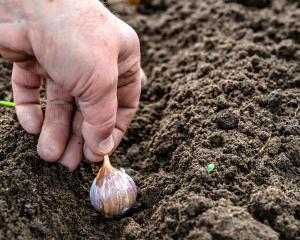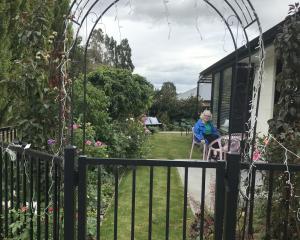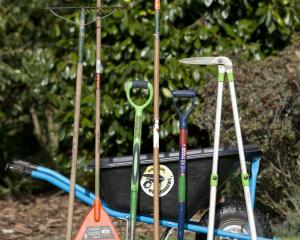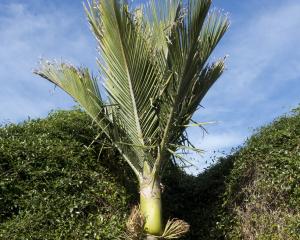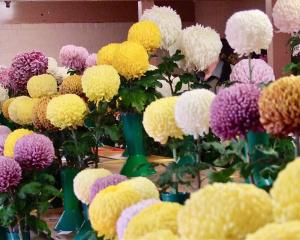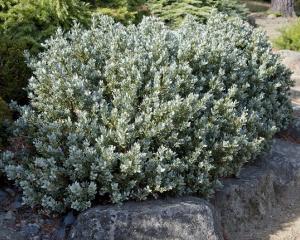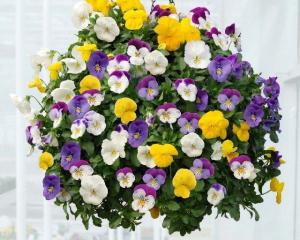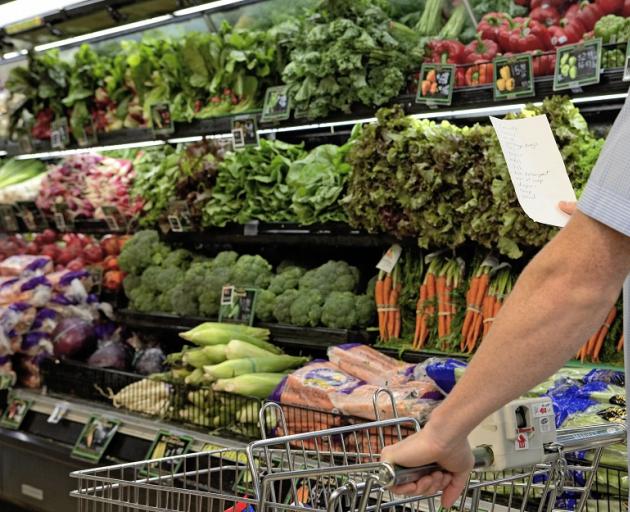
Last month, fruit and vegetable prices rose by 16%, compared with September 2021 (ODT, 13.10.22).
Ten days ago, a Dunedin supermarket was charging $7.99 and $8.49 for whole cabbages, $5.49 for a half and $3.49 for a quarter. Lettuces were $4.25 to $4.99 each, cauliflowers $6.99 and silverbeet $10 a kilo. At $7.20 for a 325g bag, spinach worked out at $22.10 a kilo. The best buys were carrots ($2.33 to $2.99 a kilo; $10/kg for baby ones) onions (from $2.99kg) and potatoes (from $3.24kg).
Anecdotal evidence suggests that vegetable consumption has dropped as a result of the high prices and more people are looking to grow their own.
For the newcomer to growing edibles, here are some to get you started.
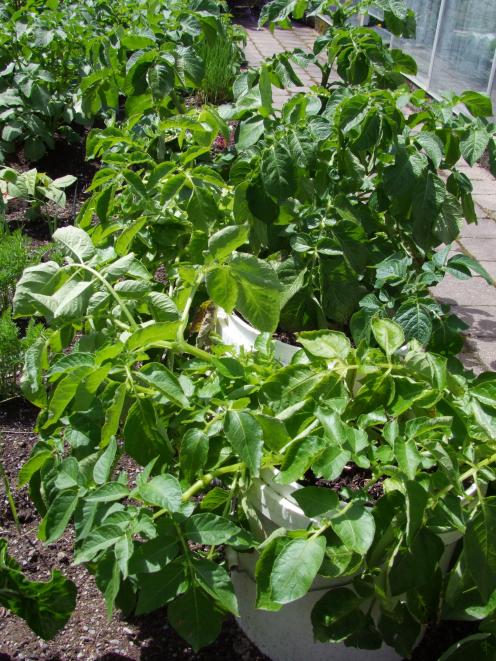
If you don’t have a garden, 10 litre plastic paint buckets with holes in the bottom for drainage are cost-free containers. Put stones, a broken brick or heavy clods at the bottom to help drainage, then fill with soil or inexpensive potting mix. Ideally, mix in a handful of potato fertiliser.
In each pot, plant one seed potato about 20cm down. Some garden centres sell varieties individually, as well as packs of six or 10 for $6-$8. If the budget is tight, don’t hesitate to use sprouted spuds from the bottom of the vegetable bin. Cut large ones in half and knock off all but two shoots before planting.
Put pots in a spot that gets about six hours of sunshine a day and keep well-watered until ready to harvest. If you want to have new potatoes, do a little bandicooting (putting your hand underneath) to check if they’re big enough to use. Otherwise, leave the crop to develop and harvest when the tops die down.
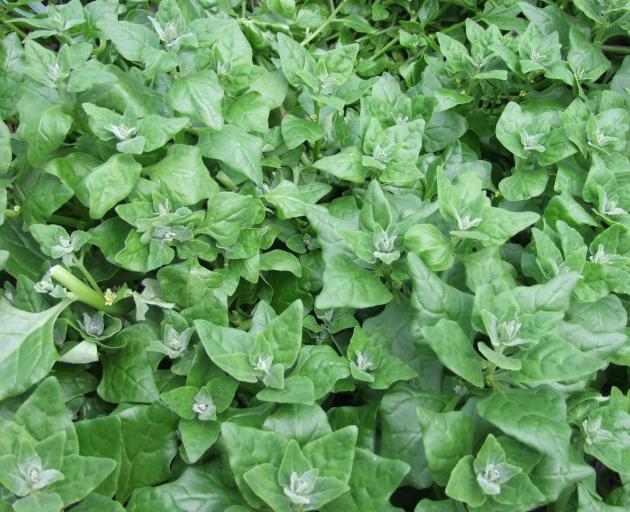
Spinach is easy to grow in pots and will be ready to eat in less than two months. Sow fortnightly to keep a supply for salads or as a cooked green. "Imperial Green" ($3 for a packet of 250 seeds) is a good variety, but as summer rolls on, tends to go to seed.
Impervious to hot weather, NZ spinach is a lower-growing (20cm-30cm) perennial best treated as an annual. A single plant can sprawl 1m or more and as the young tips are harvested, more grow to replace them. A packet of 40 seeds is $3.
Pick the young purple leaves of orach for salads or as a cooked vegetable. Left in the garden, it throws up pretty flower heads and if seed ripens, dozens of little plants will pop up next spring. At $3 for a packet of 1000 seeds, you’ll never be short of orach.
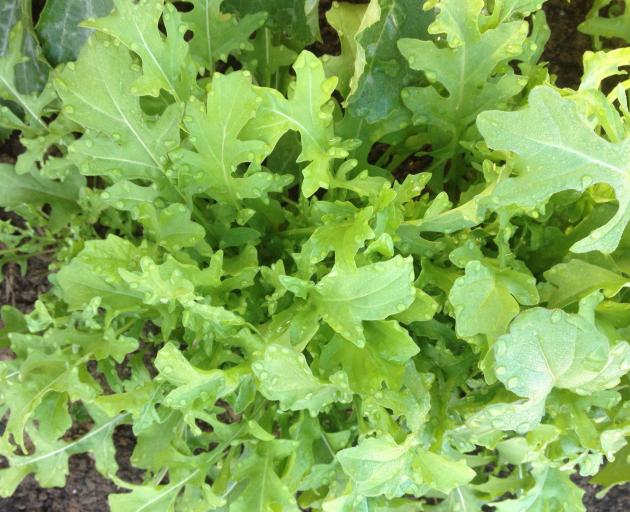
Cress (Lepidium sativum) is even better value with 2000 seeds in a packet. Whether grown on a saucer mixed with cotton wool, in an ice-cream pottle or the garden, this is one of the easiest greens ever and is a super way to introduce kids to gardening.
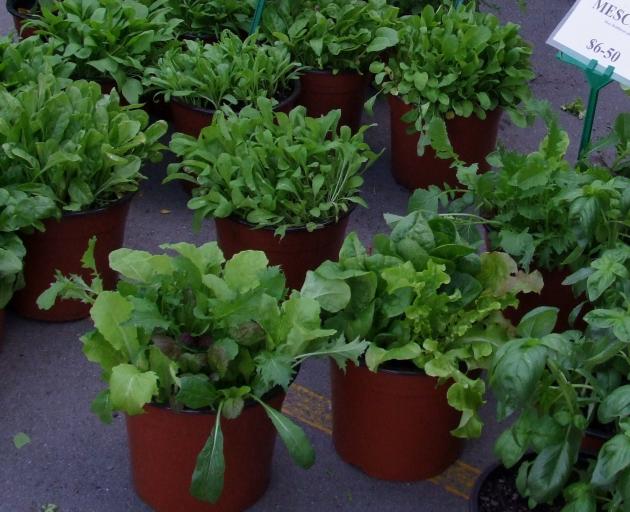
These vegetables are often included to spice up mesclun mixes, which are usually based on lettuce, with other fast-growing greens to improve the flavour.
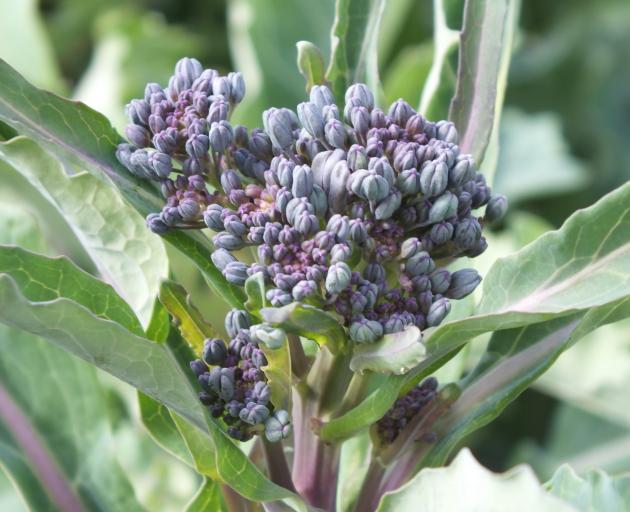
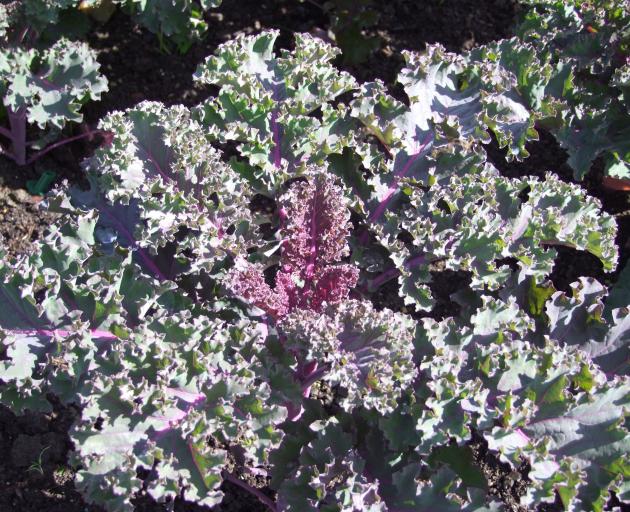
I estimate that spending $20 or less on seeds and a 10-pack of seed potatoes could save $100 or more at a supermarket. Add the advantage of really fresh greens and it’s easy to appreciate why vegetable gardening is on the rise.

